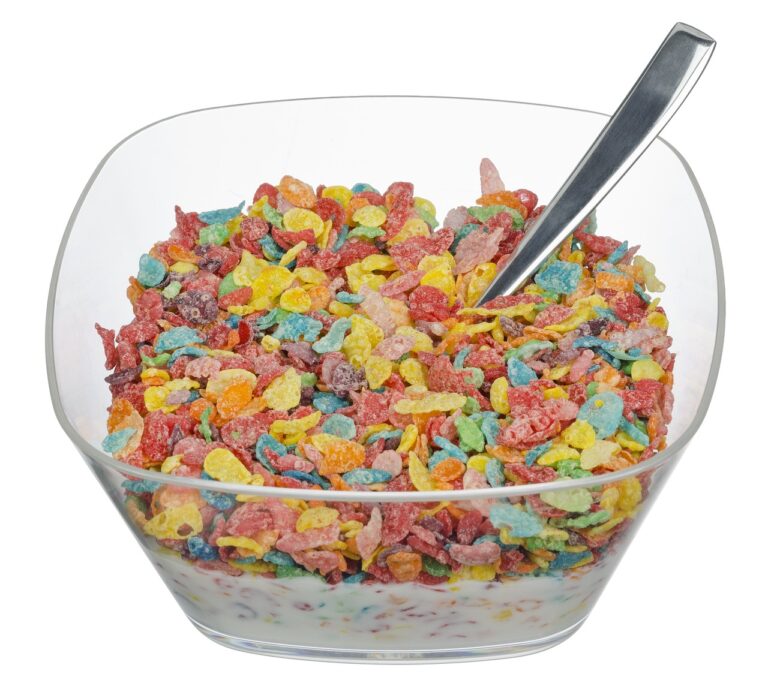How to Create a Jam and Jelly Educational Program: Silverexch.com login, Goldenexch, Betbook 247.com
silverexch.com login, goldenexch, betbook 247.com: Creating a Jam and Jelly Educational Program
Are you passionate about making jams and jellies? Do you want to share your knowledge and skills with others who are eager to learn? Starting a jam and jelly educational program could be a fantastic way to connect with like-minded individuals and teach them the art of preserving fruits in a delicious and nutritious way.
In this blog post, I will guide you through the process of creating a jam and jelly educational program from start to finish. Whether you are a seasoned jam maker looking to expand your horizons or a newcomer interested in sharing your love for preserves, this step-by-step guide will help you get started.
1. Define Your Goals
The first step in creating a jam and jelly educational program is to define your goals. What do you hope to achieve with this program? Are you looking to educate others on the health benefits of homemade jams and jellies? Do you want to promote sustainable food practices and reduce food waste? Understanding your objectives will help you structure your program effectively.
2. Identify Your Target Audience
Next, identify your target audience. Are you looking to teach beginners who have never made jam before? Or are you targeting experienced home cooks who want to take their skills to the next level? By defining your target audience, you can tailor your program to meet their needs and expectations.
3. Develop a Curriculum
Once you have defined your goals and identified your target audience, it’s time to develop a curriculum. Your curriculum should outline the topics you will cover, such as basic jam and jelly making techniques, recipe development, and food safety practices. Consider incorporating hands-on activities, guest speakers, and field trips to enhance the learning experience.
4. Choose a Format
There are many ways to deliver your jam and jelly educational program, from in-person workshops to online courses. Consider your target audience and their preferences when choosing a format. In-person workshops can provide a hands-on learning experience, while online courses offer flexibility and accessibility for participants.
5. Gather Supplies
To run a successful jam and jelly educational program, you will need to gather supplies such as ingredients, equipment, and teaching materials. Consider partnering with local farms or grocery stores to source fresh produce, and invest in quality equipment to ensure a smooth learning experience for participants.
6. Promote Your Program
Once you have developed your curriculum, chosen a format, and gathered supplies, it’s time to promote your program. Use social media, email marketing, and word-of-mouth to reach your target audience and generate interest. Consider offering early bird discounts or hosting a launch event to drum up excitement.
7. Evaluate and Iterate
After running your jam and jelly educational program, take the time to evaluate its success. Gather feedback from participants, assess your goals, and make any necessary adjustments for future programs. By continually evaluating and iterating, you can ensure that your program remains engaging and informative for learners.
FAQs
Q: How much does it cost to start a jam and jelly educational program?
A: The cost of starting a jam and jelly educational program can vary depending on factors such as location, supplies, and marketing. Consider creating a budget to help you determine your startup costs.
Q: Do I need to have professional culinary experience to start a jam and jelly educational program?
A: While professional culinary experience can be beneficial, it is not necessary to start a jam and jelly educational program. Passion for preserving fruits and a willingness to share your knowledge are key ingredients for success.
Q: How long should a jam and jelly educational program be?
A: The length of a jam and jelly educational program can vary depending on the format and topics covered. Consider offering a series of workshops or classes to provide participants with a comprehensive learning experience.
In conclusion, creating a jam and jelly educational program can be a rewarding and fulfilling experience. By defining your goals, identifying your target audience, developing a curriculum, choosing a format, gathering supplies, and promoting your program, you can share your love for preserves with others and make a positive impact on your community. Remember to evaluate and iterate your program to ensure its continued success. Good luck!







